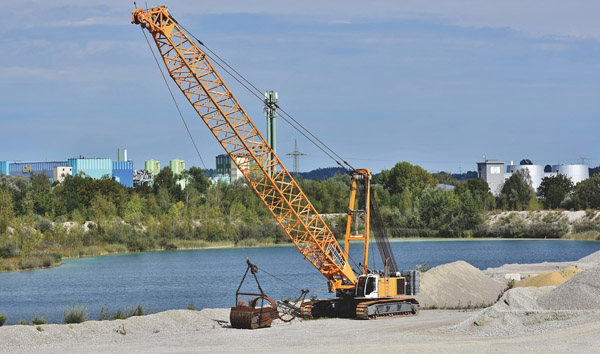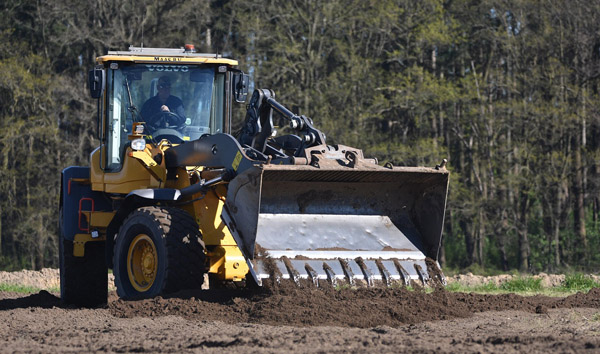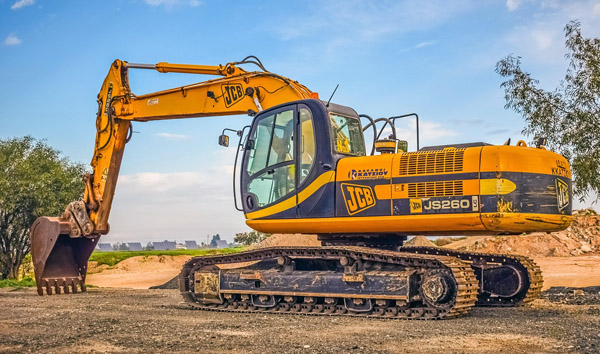Navigating the Challenges of Rough Terrain Forklifts in Industrial Applications
2025-07-06 04:40:27
The demand for Rough Terrain Forklifts has surged by 12% year-over-year, driven by expanding infrastructure projects and agricultural automation. Unlike standard forklifts, these machines are engineered with reinforced tires, high ground clearance, and powerful engines to handle uneven surfaces. A 2023 industry report revealed that over 65% of construction firms now rely on rough terrain forklifts for material handling in challenging environments.
Key Design Features of Rough Terrain Forklifts Rough terrain forklifts incorporate specialized components to ensure stability and durability. Their all-terrain tires, often filled with foam or solid rubber, provide superior traction on mud, gravel, and rocky surfaces. Additionally, these forklifts feature enhanced suspension systems capable of absorbing shocks from uneven ground. According to OSHA standards, rough terrain forklifts must maintain a load capacity of at least 6,000 lbs while operating on inclines up to 15 degrees.
Performance Metrics and Industry Applications In the agricultural sector, rough terrain forklifts are indispensable for handling bulk materials like hay bales and feed sacks. A 2024 study by the Agricultural Equipment Manufacturers Association found that farms using rough terrain forklifts reported a 20% increase in operational efficiency. Similarly, in mining, these forklifts transport heavy ore and equipment across rugged landscapes, reducing reliance on manual labor. Their versatility makes them a preferred choice for industries requiring robust material handling solutions.
Safety and Compliance Considerations Operating a rough terrain forklift requires specialized training due to the increased risk of rollovers and load instability. The National Institute for Occupational Safety and Health (NIOSH) recommends regular maintenance checks, particularly for hydraulic systems and braking mechanisms. Recent data indicates that 30% of forklift-related accidents in construction involve rough terrain models, underscoring the need for stringent safety protocols.
Future Trends and Market Projections The rough terrain forklift market is projected to grow at a CAGR of 8.5% through 2030, fueled by advancements in electric and hybrid models. Leading manufacturers are integrating AI-driven telematics to optimize performance and reduce downtime. As industries continue to prioritize efficiency and safety, rough terrain forklifts will remain a cornerstone of heavy-duty material handling operations worldwide.














